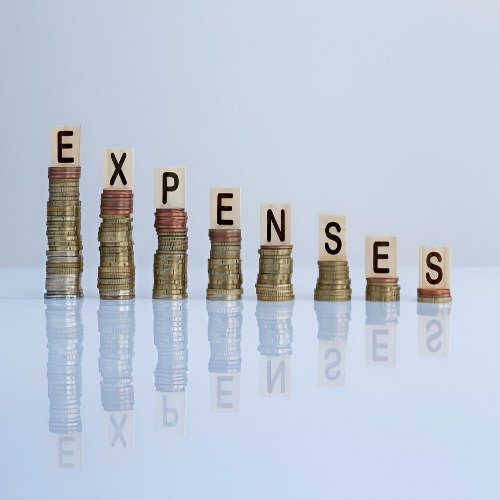10 Best money saving tips to Save £1,000 a Month

Dreaming of saving £1,000 every month? With the right strategies, this goal is well within reach. Start by creating a detailed budget and setting up automatic savings to manage your finances and eliminate wasteful spending. Research shows many overlook subscription costs, with financial experts suggesting a savings target of at least 20% of your net income equating to £1,600 monthly if you earn £8,000 after taxes (based on 2025 UK averages). The 50/30/20 rule is a proven method, allocating 50% to essentials (housing, utilities), 30% to wants (dining, entertainment), and 20% to savings or debt repayment.
By implementing these practical tips, you can take charge of your finances and build a path to financial stability. We will study on effective ways to save money, covering budgeting, expense reduction, income diversification, and long-term planning, enriched with actionable insights for 2025.
Key Takeaways
- A well-structured budget is crucial for effective money management.
- Target at least 20% of your net monthly income for savings.
- The 50/30/20 rule provides a balanced framework for spending and saving.
- Automating savings ensures consistency and discipline.
- Reducing unnecessary expenses is key to financial security.
- Strategic planning and extra income streams maximize your savings potential.
- Regular financial reviews keep your plan aligned with goals.
Assessing Your Financial Landscape
Begin your savings journey by evaluating your financial status. Analyze your monthly income and expenditures to identify savings opportunities. The 50/30/20 rule is an excellent guide: allocate 50% to necessities (rent, groceries), 30% to discretionary spending (hobbies, travel), and 20% to savings or debt. Use free budgeting tools like Google Sheets or apps to track every pound, revealing areas like unused subscriptions or overpriced services to cut.
Consider practical adjustments: switch to a cheaper mobile plan, use cashback credit cards for essentials, or buy non-perishables in bulk from discount stores like Aldi or Lidl. Small daily changes—such as brewing coffee at home instead of buying it—can save £50–£100 monthly. Understanding your financial habits lays a solid foundation for reaching your £1,000 goal.
Also Read:
1. Automate Your Savings
Simplify saving by setting up automatic transfers from your checking to a high-interest savings account (e.g., 4–5% APY options available in 2025). Start with £200–£300 monthly, adjusting as your income grows. Reduce non-essential spending—cancel unused streaming services (£10–£15/month) or limit dining out (£50–£100/month). Review insurance policies annually; raising your deductible by £100 can cut premiums by 20–25%.

This hands-off approach builds a savings habit, inching you toward £1,000 monthly with minimal effort.
2. Revamp Your Shopping Approach
Overhaul your shopping habits to boost savings. Plan purchases to avoid impulse buys, which can add 20% to monthly costs (£200+ for a £1,000 income). Use cashback apps like Rakuten (up to 40% back on select purchases) and discount sites like RetailMeNot or VoucherCodes. Honey by PayPal applies coupons automatically, while loyalty programs (e.g., Tesco Clubcard) offer points redeemable for cash or goods.

Shop during sales (e.g., Black Friday 2025) and compare prices online to save 10–30% on big-ticket items. These habits turn shopping into a savings tool.
3. Slash Your Monthly Bills
Lowering bills directly increases your savings capacity. Negotiate with providers—many offer 10–15% discounts to retain customers. Cancel underused services like unused gym memberships (£20–£40/month) or duplicate subscriptions. Opt for budget billing with utilities to smooth out seasonal spikes. Install energy-saving devices (e.g., LED bulbs, £5–£10 each) and cook at home to replace £10–£20 restaurant meals. Switch to reusable items (e.g., water bottles) to cut disposable costs by £5–£10 monthly.
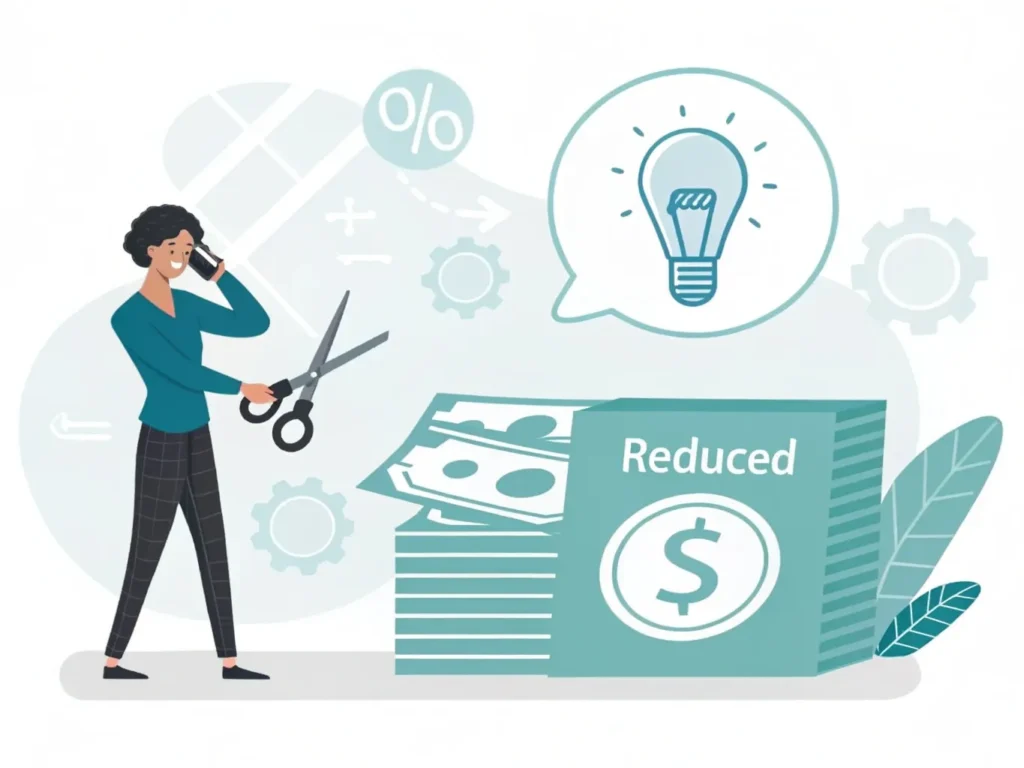
Audit bills quarterly to ensure you’re not overpaying, redirecting funds to your savings target.
Also Read:
4. Choose Cost-Effective Transportation
Smart travel choices can save hundreds. Public transport saves £1,000 yearly versus driving (based on 2025 UK fuel prices of £1.40/litre), while carpooling halves fuel and parking costs (£50–£100/month). Walk or bike for trips under 2 miles, saving 20% annually (£200+). Pre-book parking via apps like JustPark to cut fees by 30%, and use route planners (e.g., Google Maps) to reduce fuel by 10–15%.

These options lower costs and support sustainability, aligning with 2025 eco-trends.
5. Optimize Housing Costs
Housing typically consumes 30% of income—keep it below this to save more. Audit utility bills for savings (e.g., turn off lights, save £10/month). Upgrade to energy-efficient appliances (e.g., A-rated fridges, £200–£300 upfront but £50/year savings) and improve insulation. Consider relocating to a cheaper area or negotiating rent (£50–£100/month reduction). Raising insurance deductibles by £100 can lower premiums by 25% (£30–£50/month).

Decluttering and using storage solutions can also save homeowners £3,000 annually on maintenance or upgrades.
6. Generate Extra Income
Increase savings by creating additional revenue. Launch a side hustle—freelance writing (£20–£50/hour on Upwork), selling crafts on Etsy, or creating e-books (£100–£500 per launch). Invest in dividend stocks (e.g., FTSE 100 yields 3–4% in 2025) for passive income. With 54% of UK adults exploring side hustles (ONS 2025 data), options abound.

Diversifying income requires effort but accelerates your £1,000 monthly goal.
7. Leverage Technology and Apps
Harness tech to streamline savings. You Need a Budget (YNAB) helps users save £600 in two months and £6,000 yearly with its envelope system (£10/month premium). Goodbudget offers a free tier (10 envelopes) or £10/month for unlimited use. Acorns provides a high-yield account (3% APY checking, 4.52% savings) with micro-investing features.
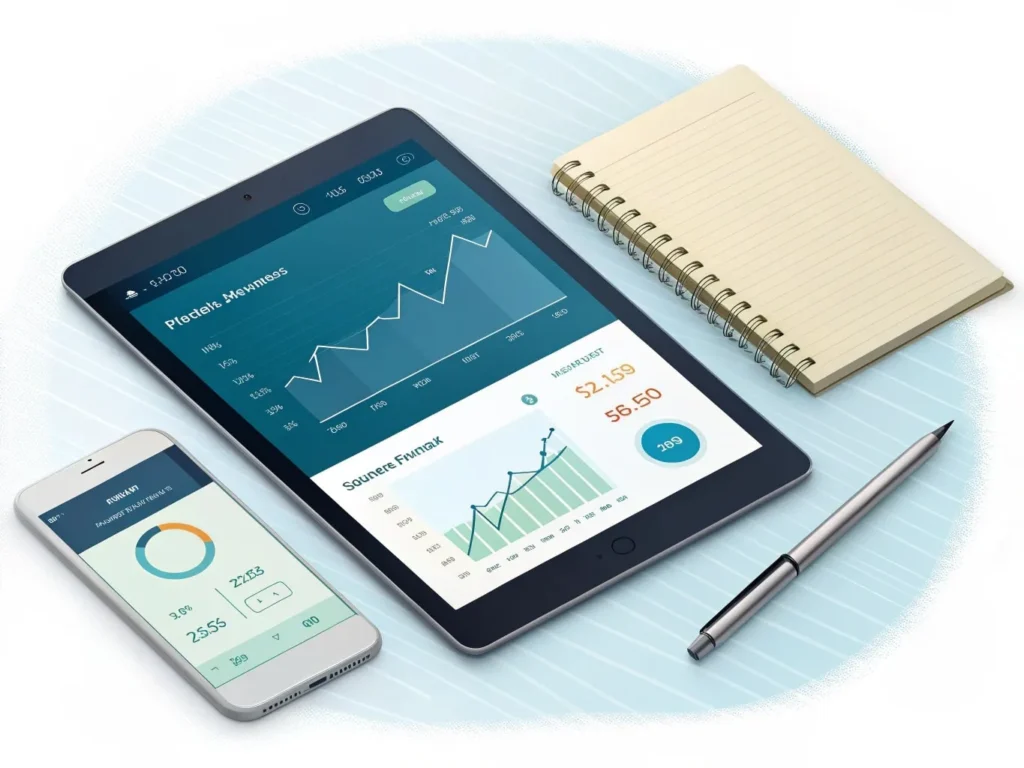
These tools track spending, automate transfers, and suggest cuts (e.g., £20/month on coffee), making your £1,000 target more manageable.
Also Read:
8. Cultivate Strong Financial Habits
Build habits that support your goals. Avoid impulse buys (£50–£100/month) by waiting 24 hours before purchasing. Start an emergency fund with £10 weekly, aiming for 3–6 months’ expenses (£3,000–£6,000 for a £1,000 income). Use the 60-20-20 rule (60% living, 20% savings, 20% fun) and keep credit utilization under 30% to boost your score.

Set SMART goals (e.g., save £500 by December 2025) to stay focused and avoid pitfalls like overspending on food (£3,000/year average).
9. Eliminate Money-Wasting Habits
Spot and stop habits that erode savings. Dining out costs UK households 5% of income (£50/month for £1,000), while unused subscriptions (£10–£20/month) add up. Spending £10 daily over 30 years totals £109,500, per compound interest calculations. Review insurance annually and cancel redundant policies.
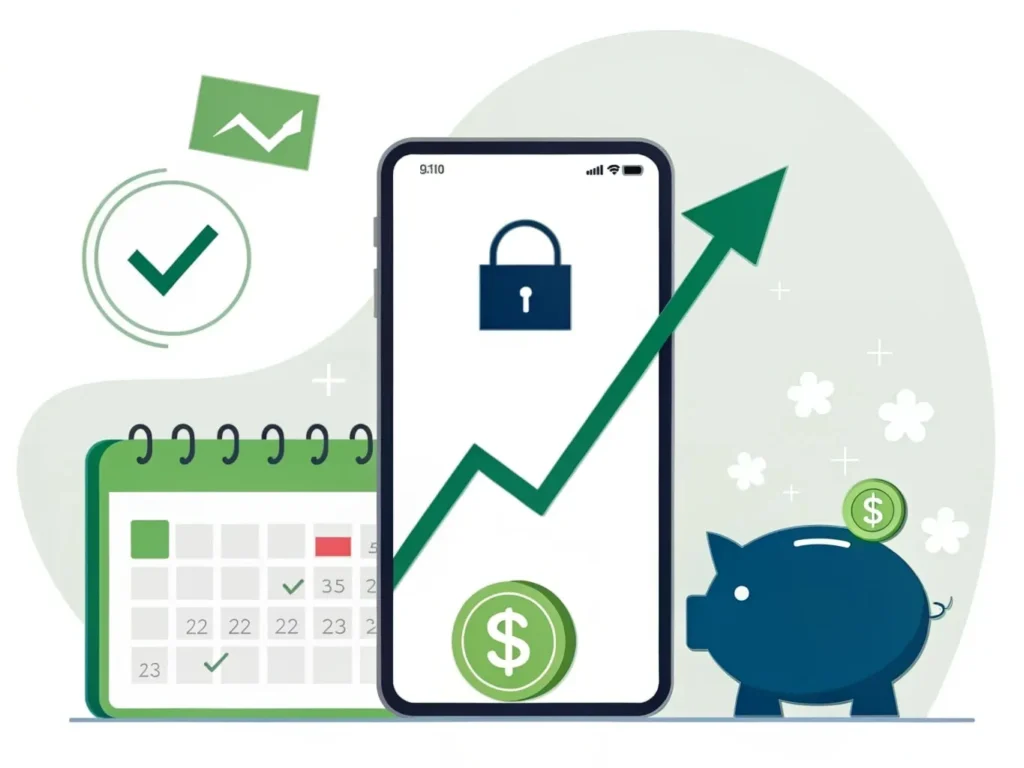
Adopt the 50/30/20 rule and track expenses with apps to curb waste, redirecting funds to your savings.
10. Plan for Long-Term Savings
Secure your future with a long-term plan. Contribute to a pension (e.g., UK workplace pension, 3–5% employer match) to leverage compound growth—a 1% increase on £60,000 yearly adds £110,000 by 65. Use automatic bill payments to avoid late fees, cash-back cards (1–5% return), and loyalty programs. Buy bulk non-perishables, plan meals (£20–£30/week savings), and use refillables to cut costs.

Review your plan biannually to adapt to life changes, ensuring sustained financial health.
Also Read:
Bonus: Tax-Saving Opportunities
Explore tax benefits to boost savings. In the UK, use ISAs (up to £20,000/year tax-free in 2025) to grow savings without tax on interest. Claim work-from-home allowances (£6/week tax relief) if applicable. Consult a tax advisor to maximize reliefs, potentially saving £100–£200 monthly.
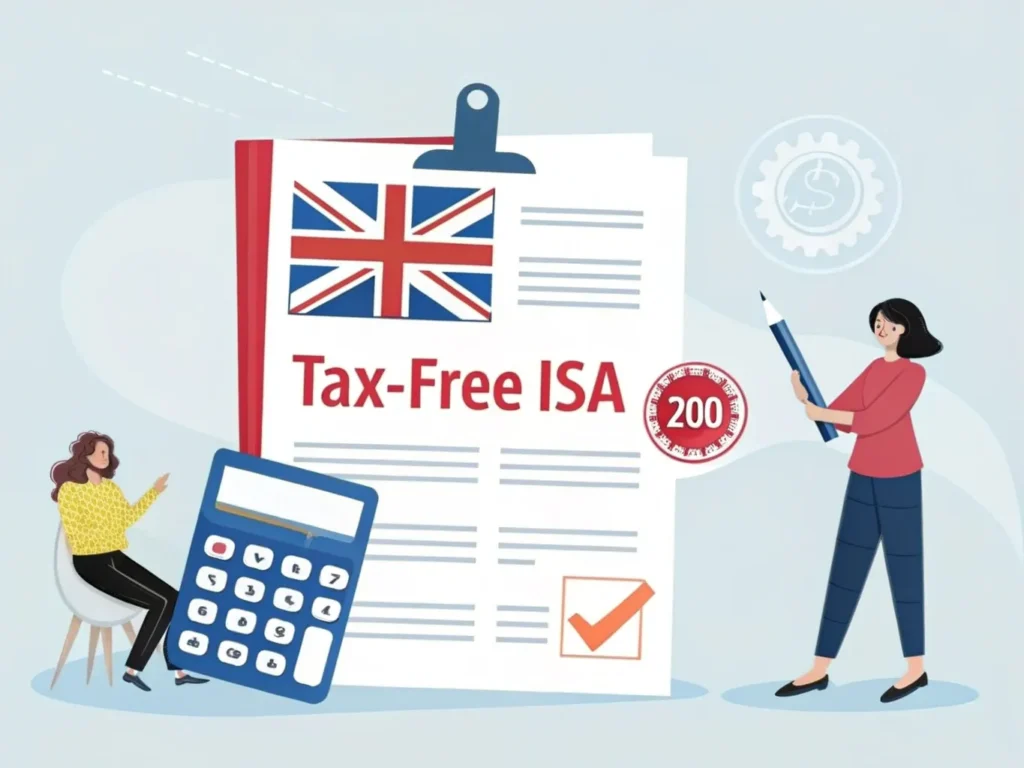
Conclusion: Achieving Your £1,000 Monthly Savings Goal
Saving £1,000 a month is attainable by refining habits, cutting costs, and boosting income. Track progress with monthly reviews, adjust your budget, and celebrate milestones (e.g., £500 saved). A solid financial plan, paired with long-term focus, turns saving into a rewarding habit, building a robust safety net by 2025’s end.
FAQs
Q1: Is £1,000 monthly savings realistic?
A: Yes, with a £5,000 net income, 20% (£1,000) is feasible by trimming expenses and automating savings.
Q2: What if I can’t afford premium apps?
A: Use free tools like Goodbudget’s basic plan or a manual spreadsheet to start.
Q3: How long for an emergency fund?
A: Saving £10 weekly builds £500–£1,000 in 1–2 years; increase to £50 weekly for faster results.
Q4: Can I save without extra income?
A: Yes, focus on cost-cutting and automation, though side hustles speed up progress.
Q5: How often should I review my budget?
A: Monthly checks keep it aligned with income or expense shifts.
Q6: Are tax benefits worth exploring?
A: Yes, ISAs and allowances can save £100–£200 monthly—consult a professional for details.



